Until the 14th century, small states (rom. voievodate) were spread across the territory of present-day Romania. The medieval principalities of Transylvania, Wallachia and Moldavia arose around that time in the area around the Carpathian Mountains. Most of Romanian culture formed in these areas, which correspond roughly to the modern nation state of Romania.
The influence of Hungarian culture in Transylvania affected the Romanians who lived there, which has given rise to certain differences to the culture of Wallachia and Moldavia. Hungarians brought Roman Catholicism as a religion, as well as foreigners to colonise Transylvania: Saxons, and Szeklers. One of the most important personalities to have been born there is Nicolaus Olahus (Oláh in Hungarian comes from Vlach, an older word for Romanian), historian, politician and bishop in the Kingdom of Hungary and a significant representative of humanism in Europe. An important document originating from 1521 is a letter from Neac?u of Câmpulung to the mayor of Bra?ov about an imminent attack of the Turks written using the Cyrillic alphabet, like most early Romanian writings. The first printed book, a prayer book in Slavonic, was produced in Wallachia in 1508 and the first book in Romanian, a catechism, was printed in Transylvania, in 1544.
Wallachia and Moldavia were both situated on important commercial routes often crossed by Polish, Saxon, Greek, Armenian, Genovese and Venetian merchants, connecting them well to the evolving culture of medieval Europe. Grigore Ureche’s chronicle Letopise?ul ??rîi Moldovei (The Chronicles of the land of Moldavia), covering the period from 1359 to 1594, is a very important source of information about life, events and personalities in Moldavia. It is among the first non-religious Romanian literary texts; due to its size and the information that it contains it is, probably, the most important Romanian document from the 17th century.
At the end of the 17th and the beginning of 18th century, European humanism influenced the works of Miron Costin and Ion Neculce, the chroniclers who continued Ureche’s work. Constantin Brâncoveanu, prince of Wallachia, was a great patron of the arts and was a local Renaissance figure. During ?erban Cantacuzino’s reign the monks at the monastery of Snagov, near Bucharest published in 1688 the first translated and printed Romanian Bible (Biblia de la Bucure?ti – The Bucharest Bible). The first successful attempts at written Romanian-language poetry were made in 1673 when Dosoftei, a Moldavian metropolitan, published a Romanian metrical psalter.
Dimitrie Cantemir, a Moldavian prince, was an important personality of the medieval period in Moldavia. His interests included philosophy, history, music, linguistics, ethnography and geography, and the most important works containing information about the Romanian regions were Descriptio Moldaviae published in 1769 and Hronicul vechimii a romano-moldo-valahilor (roughly, Chronicle of the durability of Romans-Moldavians-Wallachians), the first critical history of Romania. His works were also known in western Europe, as he authored writings in Latin: Descriptio Moldaviae (commissioned by the Academy of Berlin, the member of which he became in 1714) and Incrementa atque decrementa aulae othomanicae, which was printed in English in 1734-1735 (second edition in 1756), in French (1743) and German (1745); the latter was a major reference work in European science and culture until the 19th century.
Related Listing
-
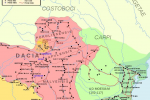
Culture of Romania
Romania has a unique culture, which is the product of its geography and of its distinct historical ...
-
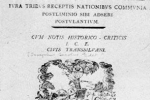
Classical age
In Transylvania, although they formed a majority of the population, Romanians were merely seen as a ...
-
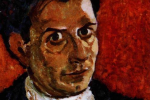
Golden age
The first half of the 20th century is regarded by many as the golden age of Romanian culture and it ...

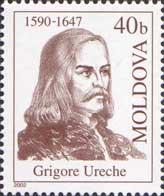
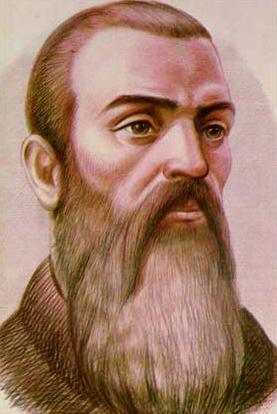
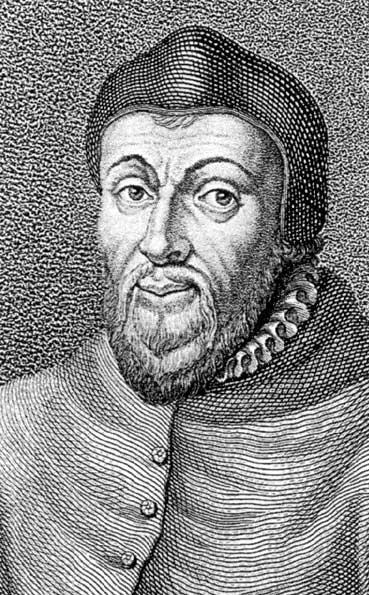








Recent Reviews